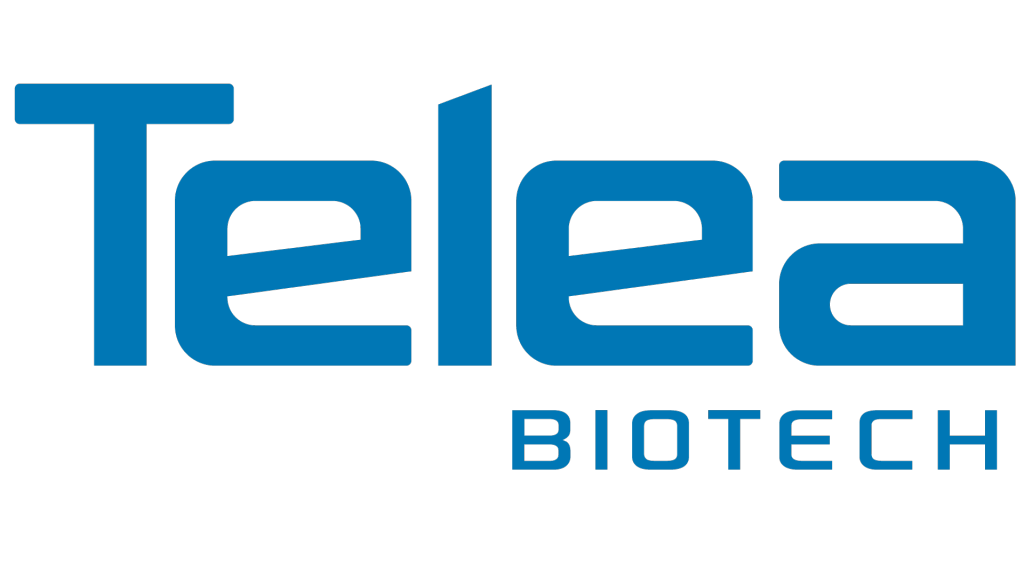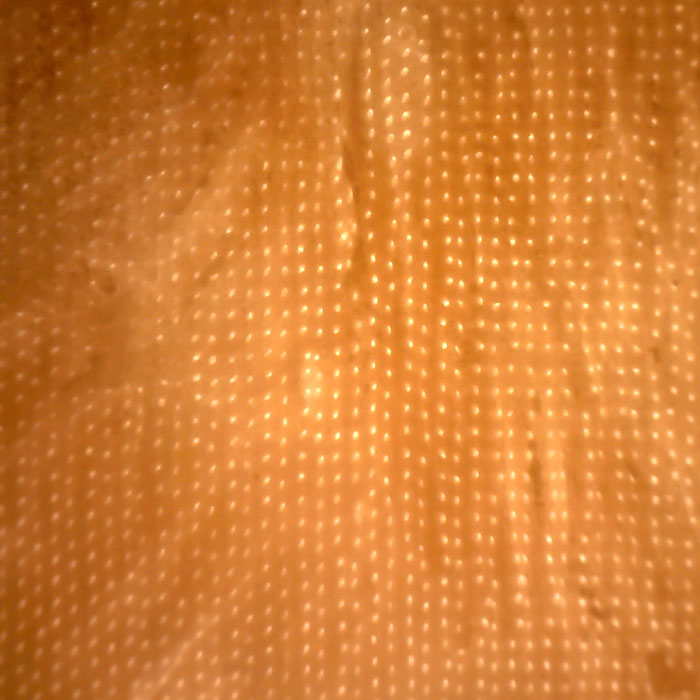Telea Biotech was founded in 2011 by Telea Electronic Engineering. The company’s goal is to apply unique QMR Technology in the field of Tissue Engineering to create innovative biomaterials. We are strongly determined to be pioneers of a new way to treat cases of diseases that need a partial or total organ removal that nowadays is usually carried out with an organ transplantation.
We believe in a new approach in therapies and implants. This new solution is a REGENERATION of new full-functional tissue that replaces the injured area through the application of biological three-dimensional biomaterials.

Telea Biotech aims to develop implantable biomaterials that will be used in the regeneration of organs. Starting from acellular biological tissue combined with autologous stem cells, or taken directly from the patient who will undergo the operation.
Nowadays, such diseases as esophageal atresia, neoplasia, short bowel syndrome, ingestion of caustic substances, ulcers and burns affect both adults and children. The treatment of these diseases is very expensive and unfortunately results are often unsatisfactory and leave patients with a very poor quality of life.
Telea Biotech products offer technologic and scientific innovation: they represent an innovative instrument able to considerably increase the potential of surgery and transplants. Therefore, the goal of the Biotech research group is to create tissue substitutes of animal origin (also called scaffold) that will replace the damaged or missing part of human organs and will entirely regenerate the original tissue.


Tissue Engineering means a field of science that includes different disciplines (such as medicine, biology and engineering) and concerns biological regeneration of tissues or organs through the engineering of new biomaterials.
These biomaterials are called ‘scaffolds’ and stand in as a support for new functional tissue growth. This allows to avoid finding organ donors, long and expensive operations and organ rejection problems.
There are two groups of biomaterials: synthetic and natural
Synthetic biomaterials:
These biomaterials are purposely created in the laboratory and recreate the structure of the natural tissue. They can have a three-dimensional structure that allows the cells to find a favourable environment for their adhesion and growth. They also simulate a niche effect which is a structure within which the stem cell finds shelter and nutrients necessary for its conservation.
Natural biomaterials:
On the other hand, the natural scaffolds already have within themselves all the chemical and physical properties of the tissue that they will replace.
They keep unchanged the protein-based structure of the extracellular matrix thus being able to rely on the cells that in contact with them will find the right signals for the differentiation in the proper direction of the natural tissue (exactly as happens inside the human body).
Telea Biotech aims at gathering the advantages of both types of biomaterials in a single scaffold of natural origin. Thanks to the QMR Technology it is possible to combine mechanical and biocompatible properties of an homologous decellularized tissue with the controlled porosity of the artificial tissue.
Telea Biotech has two exclusive patents for the treatment of biological tissue. The company developed a specific device able to carry out an ultra-structural and three-dimensional scaffold’s processing. The scaffolds are used as a support to seed and proliferate stem cells in combination with (or as an alternative to) other biologic factors, such as platelet lysates, whose tissue regeneration efficacy can be considerably increased.
The exclusive treatment patented by Telea Biotech consists in the creation of a dense matrix of micro-channels (up to 1200 per cm2) with a diameter of a few dozens of micrometres, whose density and diameter can be regulated according to the tissue and pathology. These holes allow to hold a larger number of cells during the in vitro seeding and facilitate revascularisation of the in vivo implantation.
The QMR treatment allows to create a three-dimensional structure, ideal for stem cells growth and proliferation. This allows to increase considerably the number of cells and, at the same time, to maintain all the chemical-physical properties of the original structure. The seeded cells can therefore immediately recognize the environment to which they take root and can differentiate from the tissue. This will lead to a very slow replacement of scaffold to a new fully functional tissue, thus completing its regeneration in a much shorter time than current surgical techniques and with definitive results in a single intervention.
This is all possible thanks to the QMR Technology which does not produce any thermal damage on the tissue and allows extra-cellular matrix to remain completely unaltered.
The treatment can be applied to a big variety of soft tissues, allowing the differentiation of treatable pathologies and replacing parts of the damaged tissues/organs with a scaffold, with the same origin but with the above-mentioned regenerative properties.





The unique QMR technology is the only one able to treat biological tissues, converting them into natural biomaterials with the following properties:

The first results were the subject of both national and international meetings and congresses aimed at interlocutors interested in both basic and clinical research, industrial production and related commercial growth perspectives.
Thi is the project of extreme importance thanks to the qualitative manufacturing, the applied technology, the number of the developed patents, as well as the number of patients who could benefit from it.
We have already proved that not only do the human mesenchymal stem cells take root and proliferate when seeded on animal origin scaffolds, but also penetrate within holes (channels) and a few days later start colonizing the inner matrix layers.
Since 2016 some preclinical studies have been carried out on pigs in collaboration with Fondazione Policlinico Universitario Agostino Gemelli and the Pediatrico Bambino Gesù Hospital in Rome.
Our oesophagus scaffolds derive from pigs and are seeded with autologous mesenchymal stem cells with bioreactor of Telea Biotech. The scaffolds were successfully implanted in some mini-pigs. Encouraging results demonstrated a fast angiogenesis necessary for the cellular in vivo survival and for the tissue regeneration with the development of a new functional muscle just 180 days after the implantation.
The first scientific publication of these great results was published and free to access1 (LINK). More detailed results are expected in the coming months with other scientific publications on all our projects on other organs.
We are now focusing our efforts on the first human trials to pave the way for the production and marketing of our new high-tech scaffolds on the market.

Telea Electronic Engineering S.r.l.
Via Leonardo da Vinci 13 36066 Sandrigo (VI)
P.IVA 01969870243 REA: VI-197069
Capitale Sociale: €1.000.000,00 i.v.
E-mail: info@teleamedical.com
Telefono: 0444-239519
©2020 – Designed by Integra Communication – Developed by MiroirStudio